
Charles Augustus Lindbergh was an American aviator, military officer, and author. On May 20–21, 1927, he made the first nonstop flight from New York to Paris, a distance of 3,600 miles (5,800 km), flying alone for 33.5 hours. His aircraft, the Spirit of St. Louis, was built to compete for the $25,000 Orteig Prize for the first flight between the two cities. Although not the first transatlantic flight, it was the longest at the time by nearly 2,000 miles (3,200 km), the first solo transatlantic flight, and set a new flight distance world record. The achievement garnered Lindbergh worldwide fame and stands as one of the most consequential flights in history, signalling a new era of air transportation between parts of the globe.
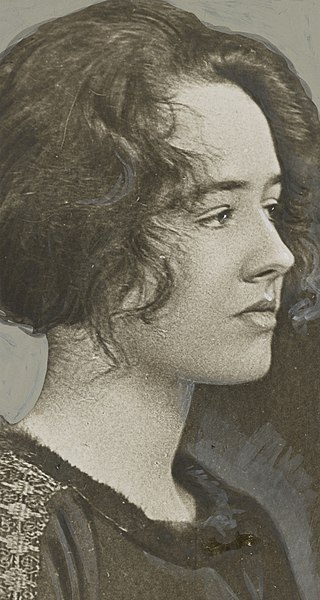
Anne Spencer Morrow Lindbergh was an American writer and aviatrix. She was the wife of decorated pioneer aviator Charles Lindbergh, with whom she made many exploratory flights.

Bruno Richard Hauptmann was a German-born carpenter who was convicted of the abduction and murder of Charles Augustus Lindbergh, Jr., the 20-month-old son of aviator Charles Lindbergh and his wife Anne Morrow Lindbergh. The Lindbergh kidnapping became known as the "crime of the century". Both Hauptmann and his wife, Anna Hauptmann, proclaimed his innocence to his death, when he was executed in 1936 by electric chair at the Trenton State Prison. Anna later sued the State of New Jersey, various former police officers, the Hearst newspapers that had published pre-trial articles insisting on Hauptmann's guilt, and former prosecutor David T. Wilentz.
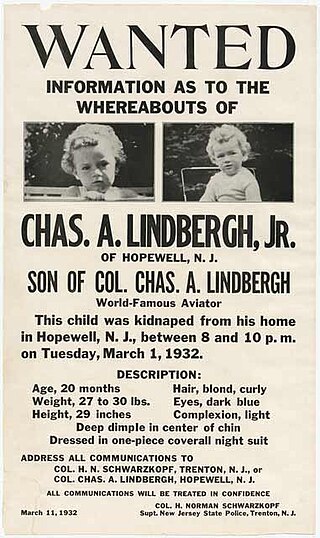
On March 1, 1932, Charles Augustus Lindbergh Jr., the 20-month-old son of colonel Charles Lindbergh and his wife, aviatrix and author Anne Morrow Lindbergh, was murdered after being abducted from his crib in the upper floor of the Lindberghs' home, Highfields, in East Amwell, New Jersey, United States. On May 12, the child's corpse was discovered by a truck driver by the side of a nearby road.
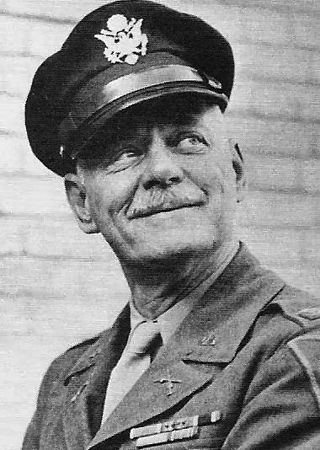
Herbert Norman Schwarzkopf was the first superintendent of the New Jersey State Police. He is best known for his involvement in the Lindbergh kidnapping case. He was the father of General Norman Schwarzkopf Jr., the commander of all Coalition forces during the Gulf War in 1991.
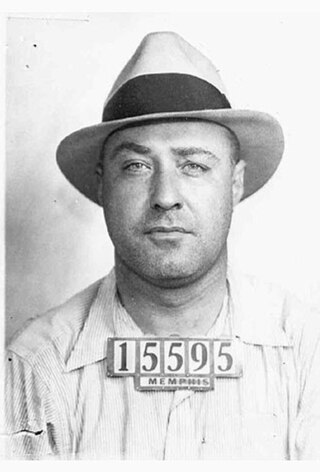
George Kelly Barnes, better known by his nickname "Machine Gun Kelly", was an American gangster from Memphis, Tennessee, active during the Prohibition era. His nickname came from his favorite weapon, a Thompson submachine gun. He is best known for the kidnapping of oil tycoon and businessman Charles F. Urschel in July 1933, from which he and his gang collected a $200,000 ransom. Urschel had collected and left considerable evidence that assisted the subsequent FBI investigation, which eventually led to Kelly's arrest in Memphis on September 26, 1933. His crimes also included bootlegging and armed robbery.

Arthur Koehler (1885–1967) was a chief wood technologist at the Forest Products Laboratory in Madison, Wisconsin, and was important in the development of wood forensics in the 1930s through his role in the investigation of the Lindbergh kidnapping. Koehler's particular research interest in the identification, cellular structure and growth of wood gave him the specific training and abilities necessary for the careful examination of the ladder which had been used by the abductor of Charles Lindbergh Jr., aged twenty months, and the tracing of the ladder to a company in McCormick, South Carolina. Koehler, from there, traced the wood of the ladder to a Bronx lumber yard.
Anthony Scaduto was an American journalist and biographer of rock musicians, who also wrote under the name Tony Sciacca. His most famous work is Dylan, a biography of Bob Dylan, first published in 1972. It is regarded as an influential book in the field, being one of the first to take an investigative approach to writing about his subject.
David Theodore Wilentz was the Attorney General of New Jersey from 1934 to 1944. In 1935 he successfully prosecuted Bruno Hauptmann in the Lindbergh kidnapping trial. He was the father of Robert Wilentz, Chief Justice of the New Jersey Supreme Court from 1979 to 1996, as well as Norma Hess, wife of Leon Hess, founder of Hess Corporation and Warren Wilentz
Crime of the Century is a 1996 HBO television film directed by Mark Rydell. It presents a dramatization of the Lindbergh kidnapping of 1932. The film stars Stephen Rea as Bruno Hauptmann and Isabella Rossellini as his wife Anna.
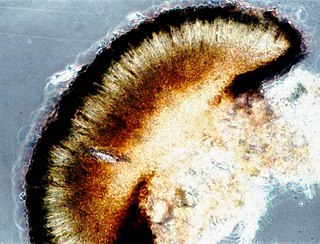
Xylotomy is the preparation of small slivers of wood for examination under a microscope, often using a microtome.

The Hunterdon County Courthouse is an historic site located in Flemington, the county seat of Hunterdon County, New Jersey, United States, that is best known as the site of the 1935 "Trial of the Century" of Bruno Hauptmann and his conviction and sentence of death for his role in the Lindbergh kidnapping.
William Asher Stevens was an American jurist and Republican Party politician who served as President of the New Jersey Senate and New Jersey Attorney General. As Attorney General he conducted the early phase of the state's investigation into the Lindbergh kidnapping.

Jacob H. Friedman was an American psychiatrist, one of the pioneers of geriatric psychiatry and an authority on marriage phobia. He was a professor of psychiatry at Albert Einstein College of Medicine and published over one hundred peer-reviewed papers in his field.

J. Edgar is a 2011 American biographical drama film based on the career of FBI director J. Edgar Hoover, directed, produced and scored by Clint Eastwood. Written by Dustin Lance Black, the film focuses on Hoover's life from the 1919 Palmer Raids onward. The film stars Leonardo DiCaprio in the title role along with Armie Hammer, Naomi Watts, Josh Lucas, and Judi Dench, and features Adam Driver in his film debut.
Cemetery John: The Undiscovered Mastermind of the Lindbergh Kidnapping is a non-fiction book written by American author Robert Zorn. The books investigate the potential identity of the person who became known as Cemetery John through testimony provided by the author's father.

Highfields is a historic house in East Amwell Township, Hunterdon County, New Jersey that served as the home of Charles and Anne Lindbergh, the famous aviators. It was the location of the Lindbergh kidnapping, after which it was turned into a rehabilitation center. The home was added to the National Register of Historic Places in 1994.
The Lindbergh Kidnapping Case is a 1976 American television film dramatization of the Lindbergh kidnapping, directed by Buzz Kulik and starring Cliff DeYoung, Anthony Hopkins, Martin Balsam, Joseph Cotten, and Walter Pidgeon. It first aired on the NBC network on February 26, 1976.
Thomas Whitaker Trenchard was an American lawyer and a justice of the New Jersey Supreme Court between 1906 and 1941.

Reeve Morrow Lindbergh is an American author from Caledonia County, Vermont, who grew up in Darien, Connecticut as the daughter of aviator Charles Lindbergh (1902–1974) and author Anne Morrow Lindbergh (1906–2001). She graduated from Radcliffe College in 1968.













